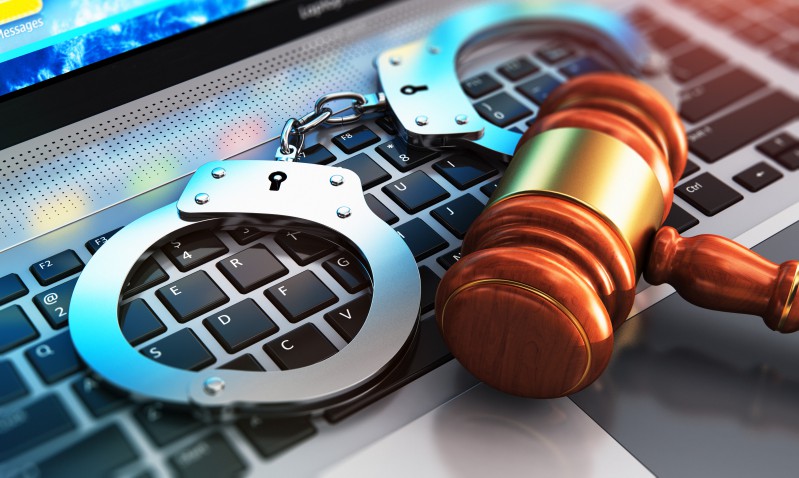Digital Copyright Law: Protecting Online Content

The exponential growth of the internet has transformed the way content is created, shared, and consumed. In this context, digital copyright law serves as an indispensable mechanism for protecting intellectual property, ensuring creators maintain control over their work. From videos and music to written articles and software, the proliferation of digital content has made it increasingly vulnerable to unauthorized use. Effective legal frameworks provide both deterrence against infringement and avenues for recourse when violations occur.
Understanding Intellectual Property Rights in the Digital Sphere
Intellectual property rights are the cornerstone of a robust creative economy. These rights provide creators with exclusive privileges, allowing them to benefit from the fruits of their ingenuity. Beyond financial gain, legal protection reinforces the integrity and originality of content. It fosters innovation by granting authors, artists, and developers the confidence to share their work without fear of misappropriation.
The Scope of Online Content Protection
Content protection extends to a myriad of digital media, including audiovisual materials, literary works, photographs, software, and multimedia presentations. Copyright frameworks often encompass derivative works, ensuring that adaptations, remixes, or translations remain under the original creator’s authority. Additionally, enforcement mechanisms are designed to monitor unauthorized distribution, track digital footprints, and identify potential breaches across global networks.
Legal Frameworks and Regulatory Bodies
Jurisdictions worldwide have established statutes and agencies dedicated to safeguarding digital content. International treaties, such as the Berne Convention and the World Intellectual Property Organization (WIPO) agreements, provide a unified foundation for cross-border enforcement. National regulatory bodies complement these treaties with detailed provisions covering registration, licensing, infringement penalties, and civil remedies. The interplay between local and international laws ensures a comprehensive shield for digital assets.
Copyright Registration and Its Importance
While copyright protection is often automatic upon creation, formal registration can strengthen legal standing. Registration provides verifiable proof of ownership, facilitating litigation in infringement cases. It also allows creators to claim statutory damages and recover attorney fees more efficiently. Furthermore, registries maintain detailed records of authorship, enabling transparency and preventing disputes over ownership or originality.
Licensing Models and Content Monetization
Licensing serves as a crucial tool for leveraging digital content while maintaining legal protection. Various models, including exclusive licenses, non-exclusive licenses, and Creative Commons agreements, allow content creators to define usage parameters clearly. Licensing not only mitigates the risk of unauthorized reproduction but also provides a revenue stream. Strategic licensing can expand the reach of creative works while preserving control over distribution channels.
Detecting and Addressing Infringement
Digital content is particularly susceptible to piracy, unauthorized sharing, and duplication. Detection strategies involve automated monitoring tools, content fingerprinting, and takedown notices under provisions like the Digital Millennium Copyright Act (DMCA). When infringement occurs, legal recourse may include cease-and-desist letters, settlement negotiations, or litigation. Early intervention is paramount to prevent further distribution and preserve the commercial and reputational value of the content.
Fair Use and Limitations
Not all uses of protected content constitute infringement. Principles such as fair use and fair dealing provide exceptions for purposes like criticism, commentary, research, education, and parody. Determining whether a specific use qualifies involves assessing factors such as the purpose of use, the nature of the work, the proportion of content utilized, and the effect on the market value of the original work. Understanding these nuances allows both creators and users to navigate the legal landscape responsibly.
Digital Rights Management (DRM) Technology
Technological solutions complement legal frameworks by offering practical enforcement mechanisms. Digital Rights Management (DRM) tools restrict access to digital files, monitor distribution, and prevent unauthorized duplication. These technologies enhance copyright protection by integrating encryption, licensing verification, and usage tracking. Combined with legal remedies, DRM creates a comprehensive approach to safeguarding online content.
Education and Awareness for Content Creators
Knowledge is a powerful deterrent against infringement. Educating creators about their rights, proper licensing procedures, and strategies for protecting digital content reduces vulnerabilities. Workshops, webinars, and online resources can provide practical guidance on copyright compliance, the use of DRM, and steps to address potential breaches. An informed community of creators strengthens the overall ecosystem of digital content protection.
Global Challenges and Future Trends
The dynamic nature of the internet poses ongoing challenges for protecting digital content. Emerging technologies such as blockchain, artificial intelligence, and decentralized networks are reshaping how creative works are shared and monetized. Legal frameworks must adapt to these innovations, ensuring that creators continue to benefit from their work while maintaining ethical and equitable access for users. Anticipating these trends allows stakeholders to develop forward-looking strategies for content protection.
Safeguarding online content requires a multifaceted approach combining legal protection, technological enforcement, and community awareness. By understanding the principles of digital rights, employing effective licensing strategies, and leveraging modern detection tools, creators can maintain control over their intellectual property. Robust frameworks empower individuals and organizations to innovate confidently, ensuring that the digital landscape remains a vibrant and secure environment for creative expression.





